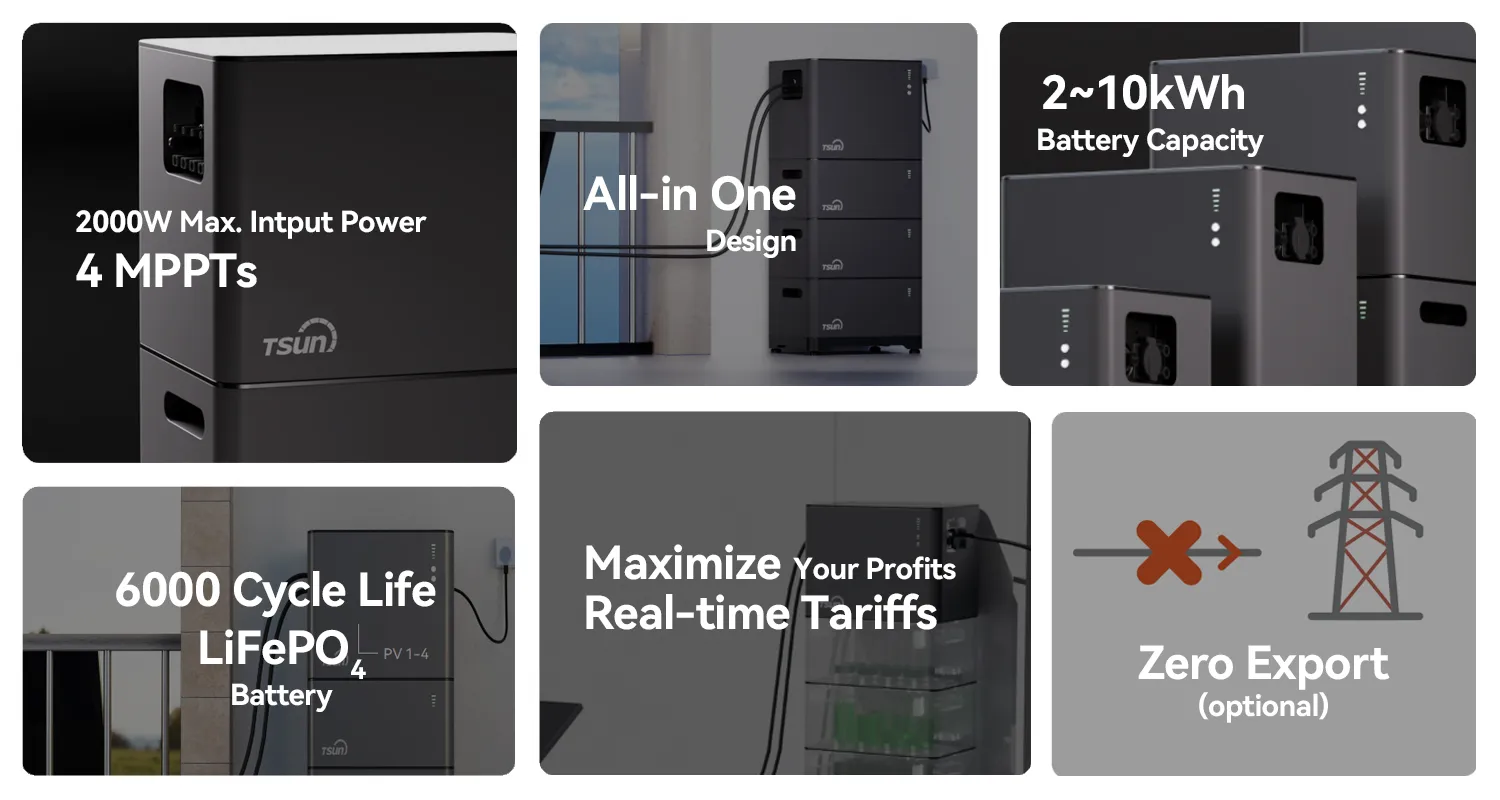In the rapidly evolving field of solar energy systems, microinverters and DC optimizers have emerged as two of the leading technologies for rooftop installations. Both designs offer unique advantages, and selecting the appropriate solution can significantly impact the efficiency and reliability of a solar power system. Our detailed analysis of these two technologies will help you make an informed choice for your solar energy needs.

Microinverters, a relatively recent advancement, convert the direct current (DC) generated by each solar panel into alternating current (AC) directly at the panel site. This approach stands in contrast to traditional centralized inverters, which manage conversion for a larger array of panels. Notably, microinverters excel in the context of shading issues or varied panel orientations due to their ability to monitor and optimize energy output on a per-panel basis.
From an experiential perspective, numerous homeowners report enhanced performance with microinverters in scenarios where panels are subject to partial shading or when they have to be installed on multiple roof sections. For instance, in a case study conducted in Southern California, homeowners with irregular roofing patterns observed a 10-15% increase in energy harvest using microinverters compared to conventional systems. This local optimization leads to greater overall energy output, particularly advantageous in residential projects where maximizing efficiency from a smaller footprint is crucial.

Expertise in solar technology suggests that microinverters offer unparalleled flexibility for future expansions or system modifications. As each panel operates independently, adding more panels to an existing setup does not require replacing a centralized inverter or upgrading it. Moreover, microinverters support advanced monitoring capabilities, affording users real-time insights into the performance of individual panels, thereby aiding in the timely identification and rectification of issues.
Conversely,
DC optimizers serve as a middle ground between microinverters and traditional string inverters. While they do not convert DC to AC at the panel, they perform module-level maximum power point tracking (MPPT), which enhances the energy yield of each panel before sending it on to a centralized inverter. DC optimizers are particularly favored in commercial installations where the conversion efficiency benefits of a high-capacity inverter are desired alongside module-level optimization.
microinverters vs dc optimizers
Reflecting industry authority, DC optimizers are recognized for their cost-effectiveness in installations that demand the robustness of large-scale inverters but also suffer from shading or mismatched tilt angles. Their ability to operate with fewer components presents a streamlined, less complex system susceptible to fewer potential points of failure. For example, extensive field data from solar farms in the American Midwest indicates significant cost savings in both the initial investment and upkeep in systems employing DC optimizers.
Another notable advantage of DC optimizers is their compatibility with a wide range of inverters. This compatibility extends the lifespan of existing infrastructure while integrating new solar technologies, a crucial consideration for many businesses looking to retrofit solar solutions without losing previous investments.
When considering trustworthiness, both microinverters and DC optimizers have established themselves as reliable technologies, backed by comprehensive warranties and support from respected industry players. However, microinverters often offer the added benefit of higher safety due to the absence of high-voltage DC cables traversing a property.
In conclusion, when weighing microinverters against DC optimizers, the decision is contingent upon specific installational variables including shading, budget, existing infrastructure, and future system expansion plans. Microinverters provide a robust solution for optimizing energy output independently across panels, particularly beneficial for residential setups. On the other hand, DC optimizers offer a balanced approach, combining economical efficiency with the capacity to support larger, centralized inverters ideal for commercial projects.
Whether deploying a residential solar system on a shaded property or a commercial installation aiming for scalability, understanding the strengths and limitations of each technology can drive better outcomes in solar projects, ensuring long-term operational success and cost-efficiency.
 LEARN DETAILS
LEARN DETAILS



